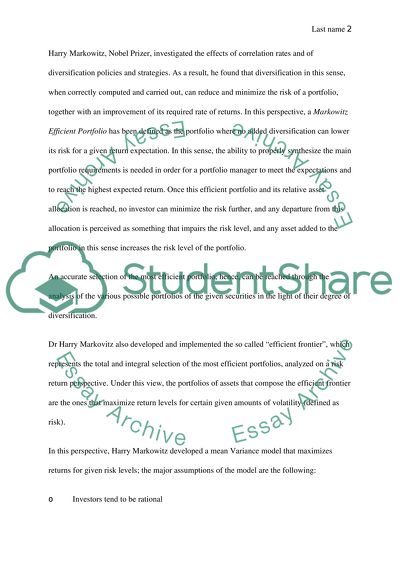Cite this document
(“CAPM (Capital Asset Pricing Model) and Its Practical Use Essay”, n.d.)
CAPM (Capital Asset Pricing Model) and Its Practical Use Essay. Retrieved from https://studentshare.org/finance-accounting/1472458-what-is-the-capm-and-of-what-practical-use-is-it
CAPM (Capital Asset Pricing Model) and Its Practical Use Essay. Retrieved from https://studentshare.org/finance-accounting/1472458-what-is-the-capm-and-of-what-practical-use-is-it
(CAPM (Capital Asset Pricing Model) and Its Practical Use Essay)
CAPM (Capital Asset Pricing Model) and Its Practical Use Essay. https://studentshare.org/finance-accounting/1472458-what-is-the-capm-and-of-what-practical-use-is-it.
CAPM (Capital Asset Pricing Model) and Its Practical Use Essay. https://studentshare.org/finance-accounting/1472458-what-is-the-capm-and-of-what-practical-use-is-it.
“CAPM (Capital Asset Pricing Model) and Its Practical Use Essay”, n.d. https://studentshare.org/finance-accounting/1472458-what-is-the-capm-and-of-what-practical-use-is-it.


